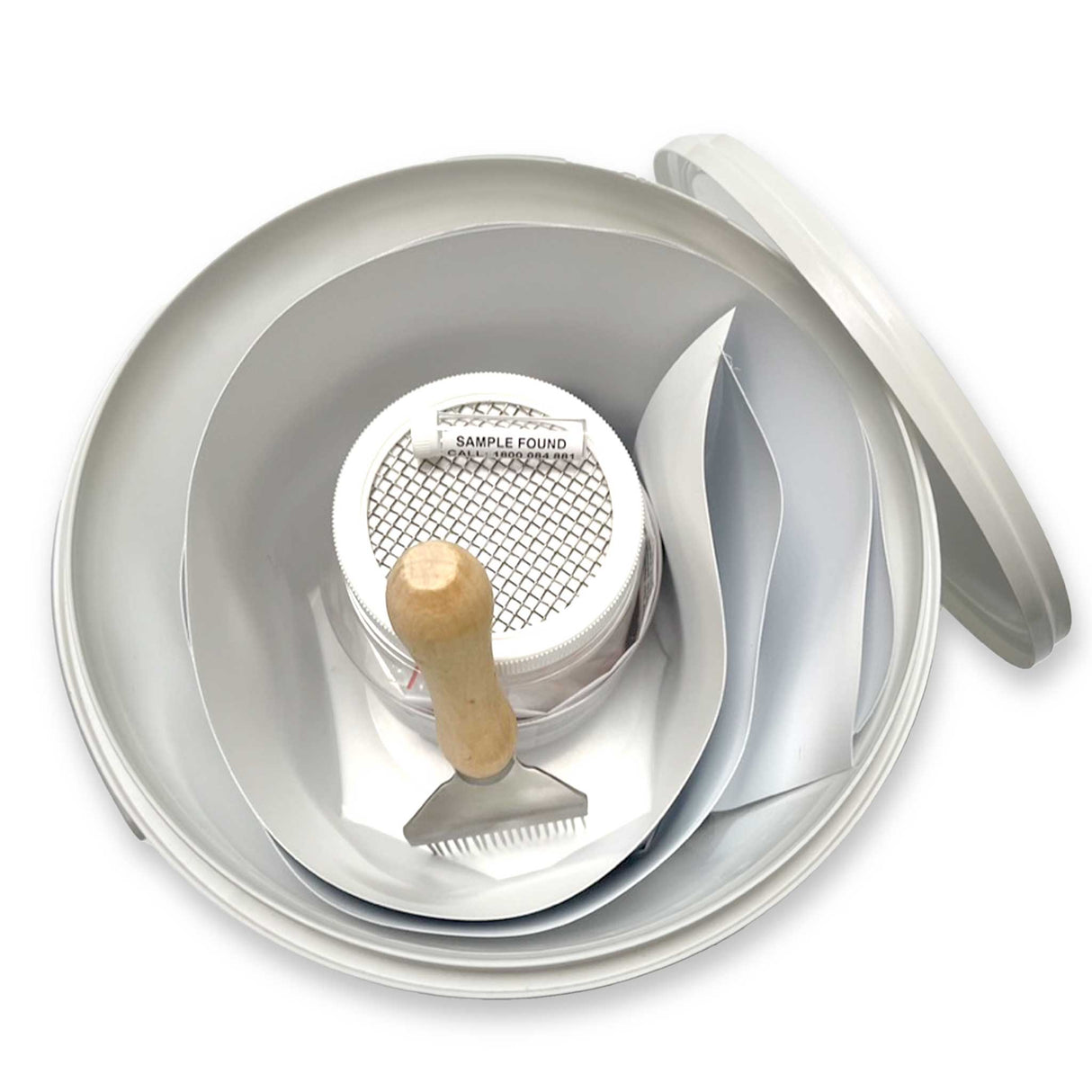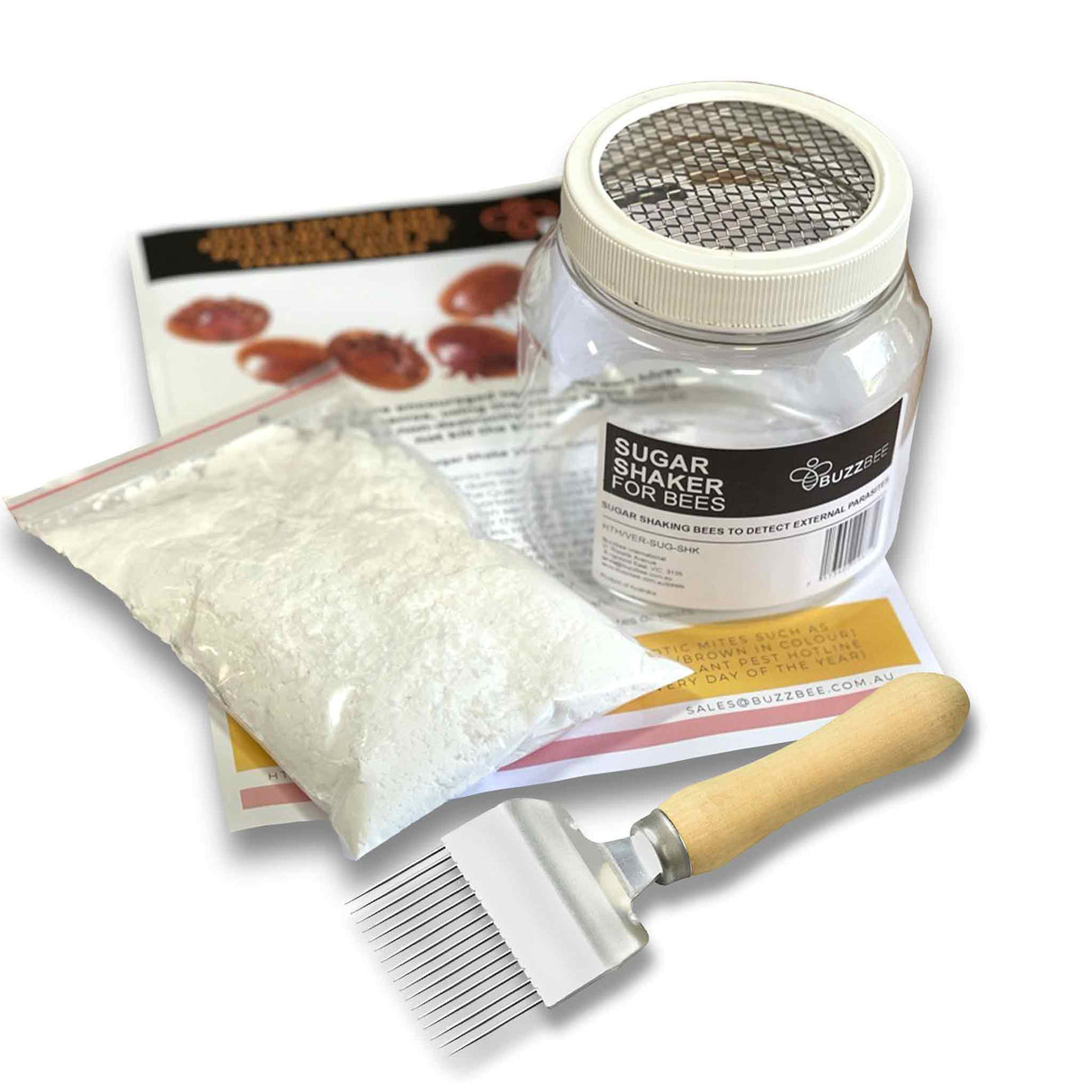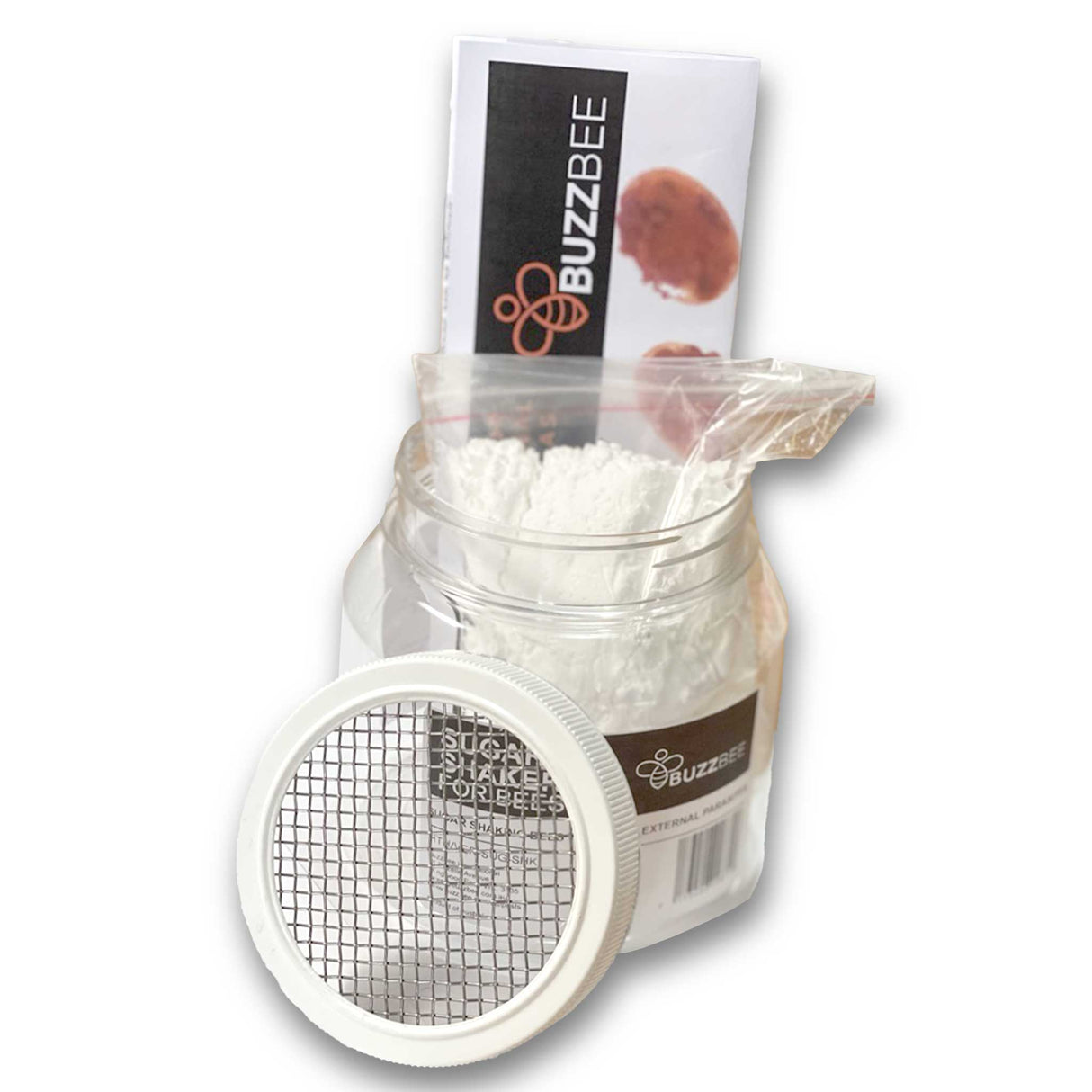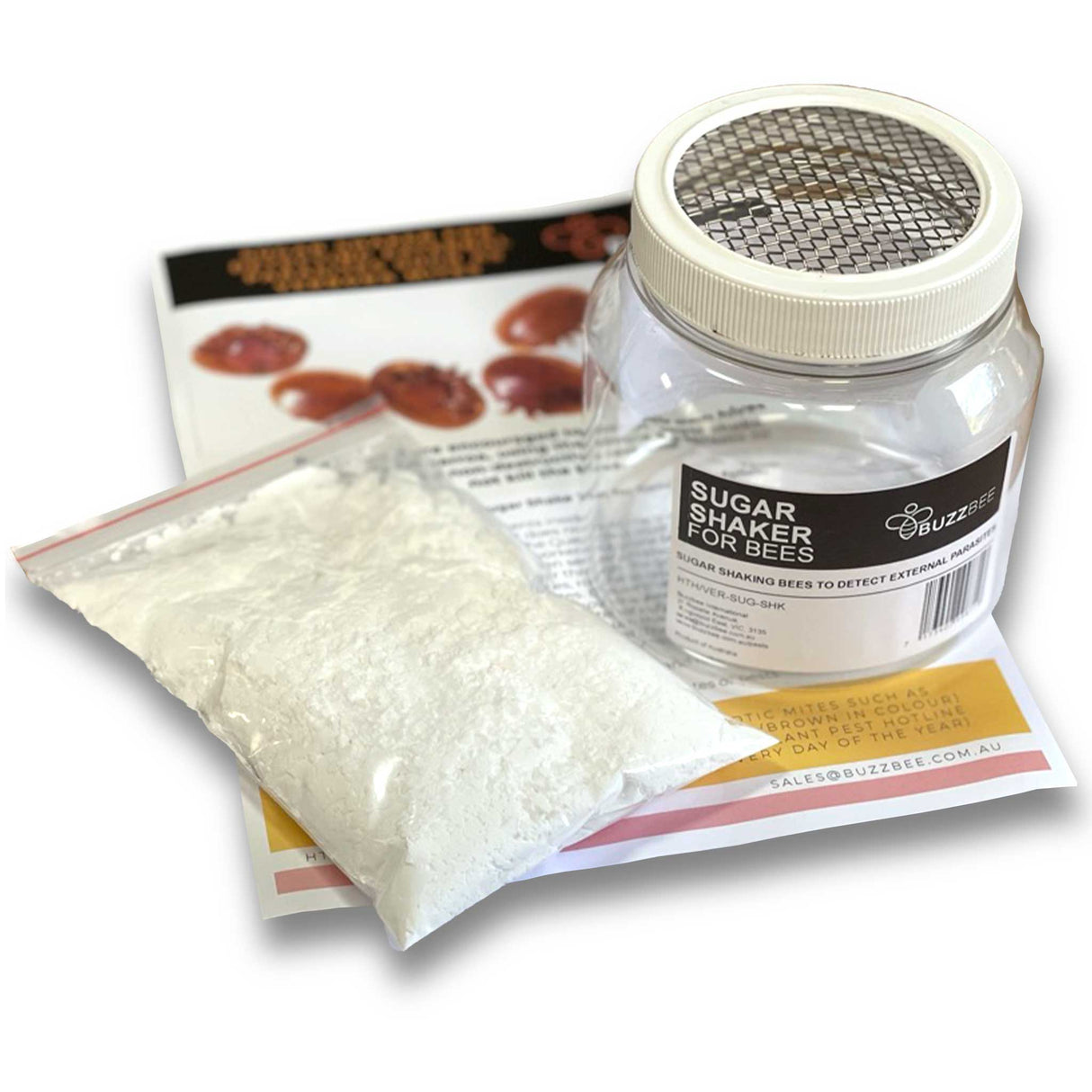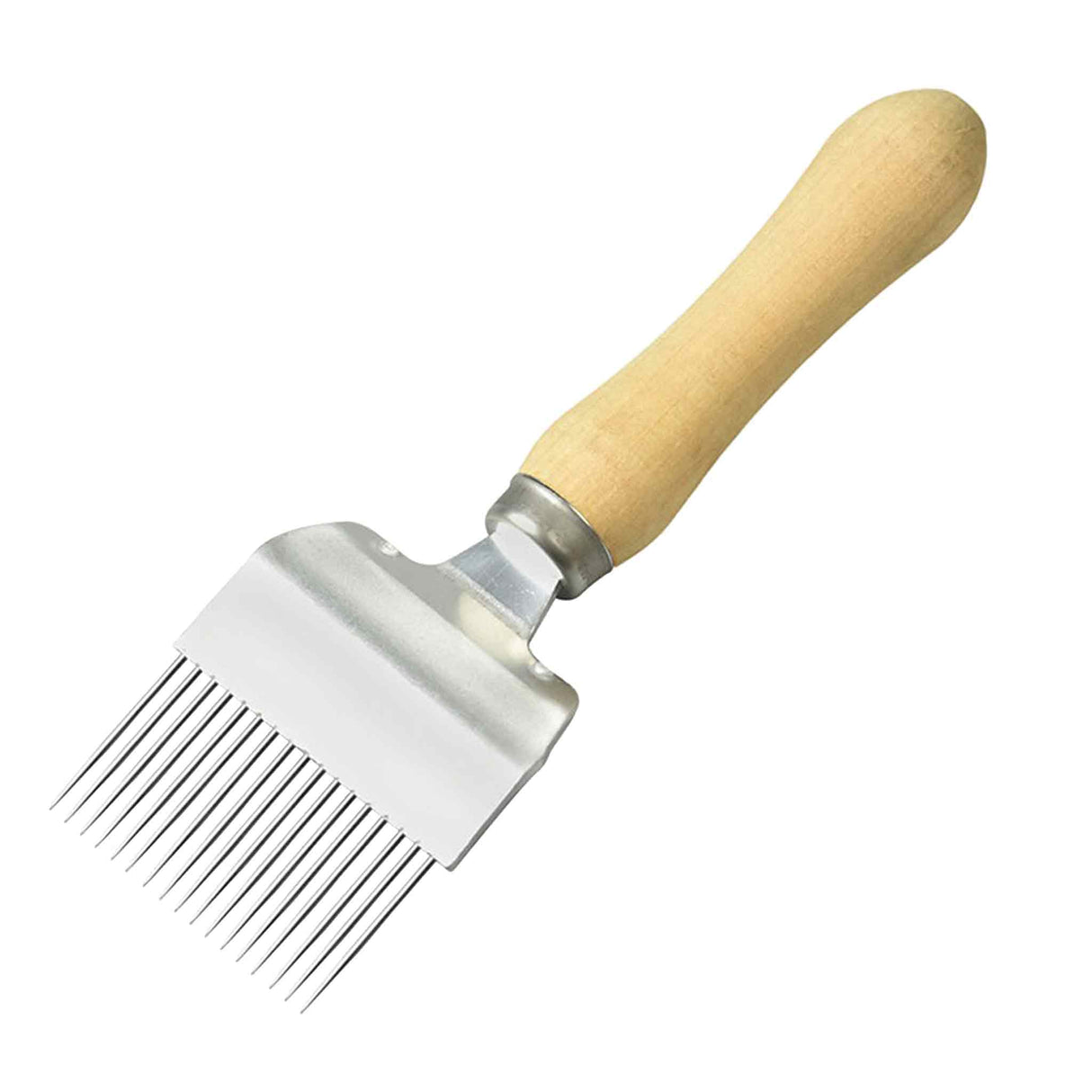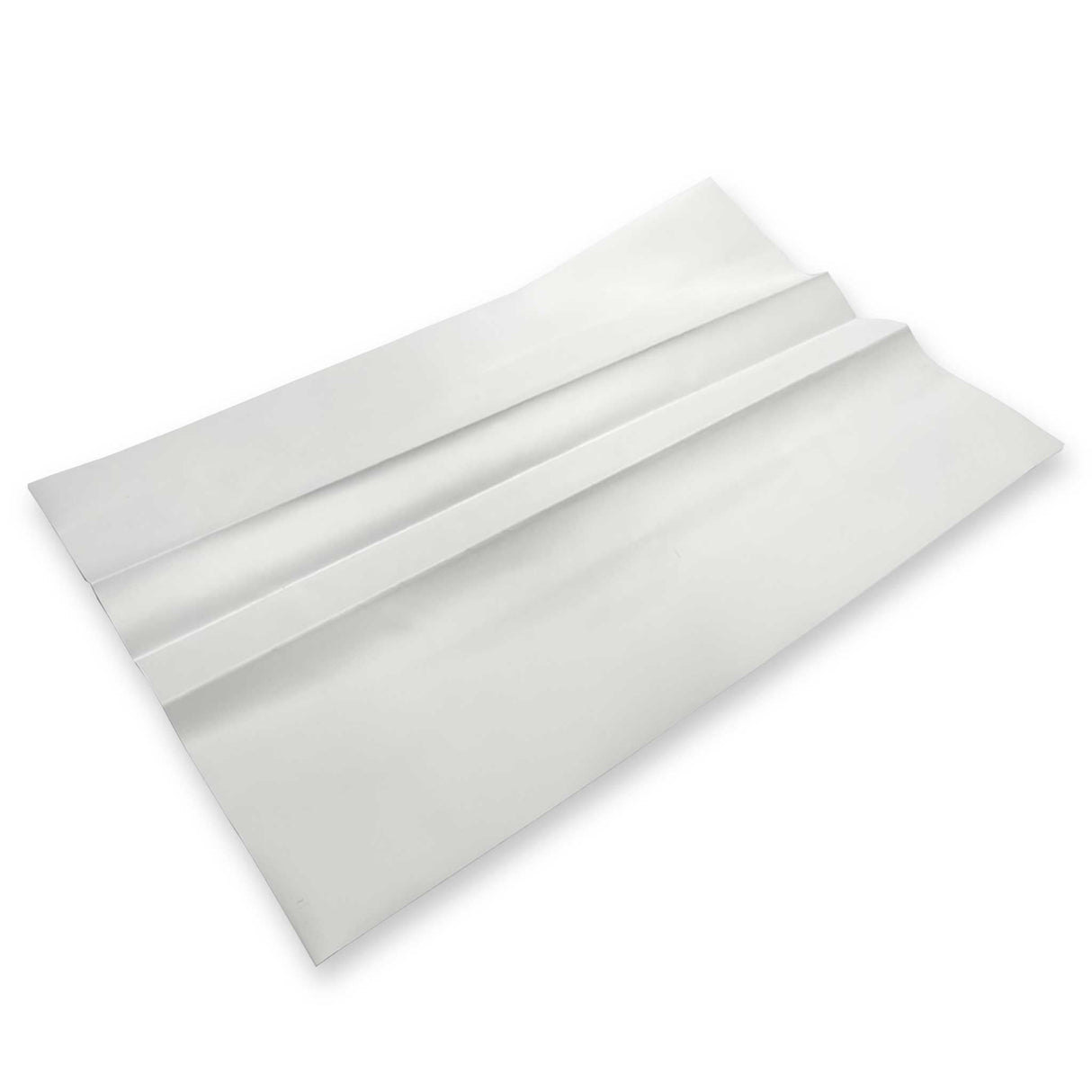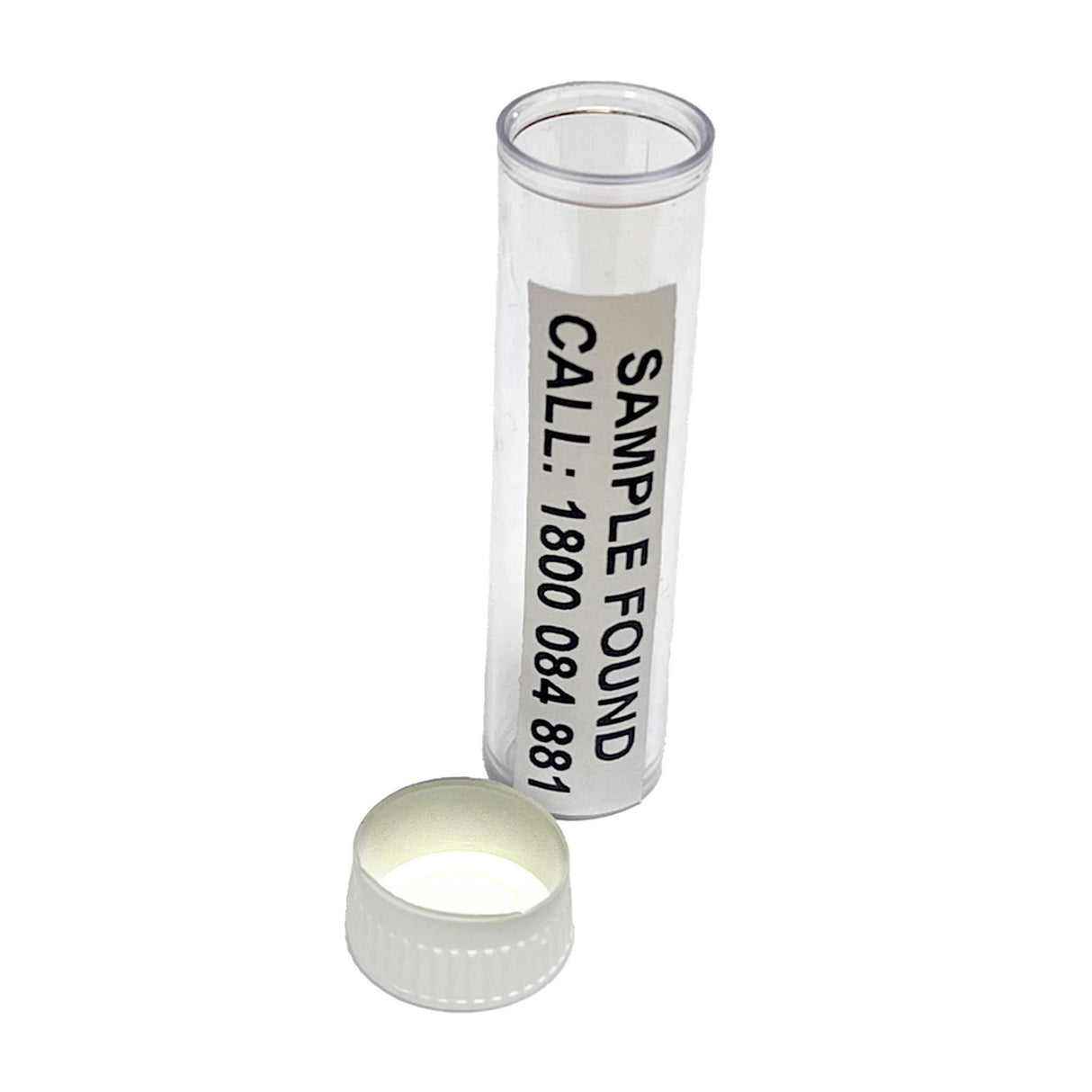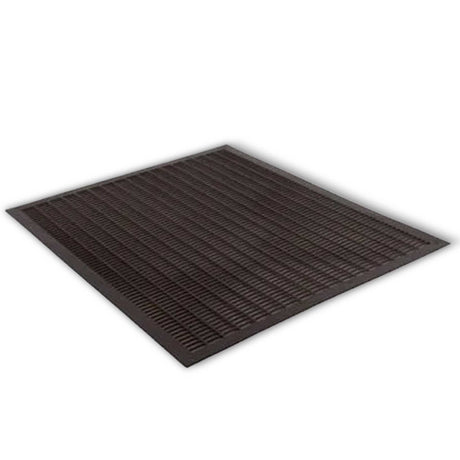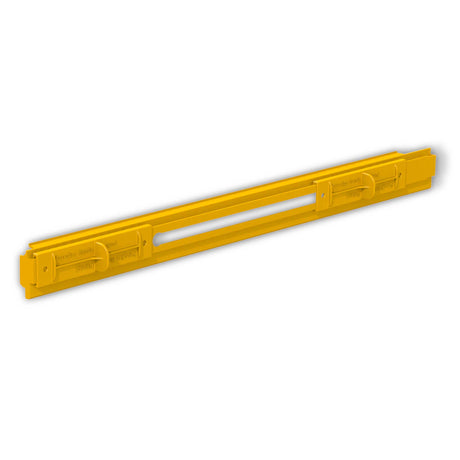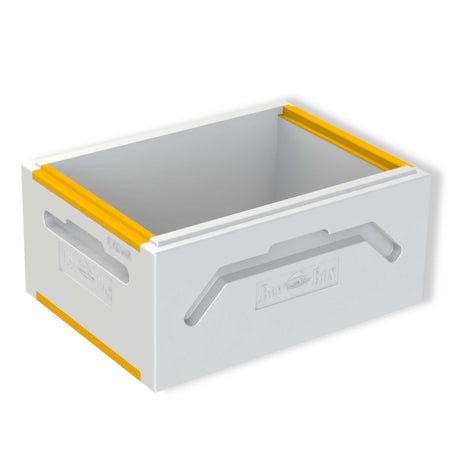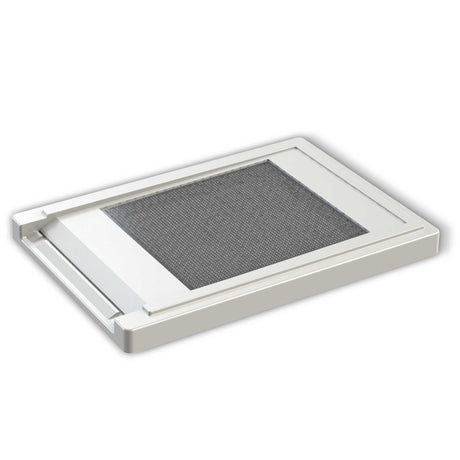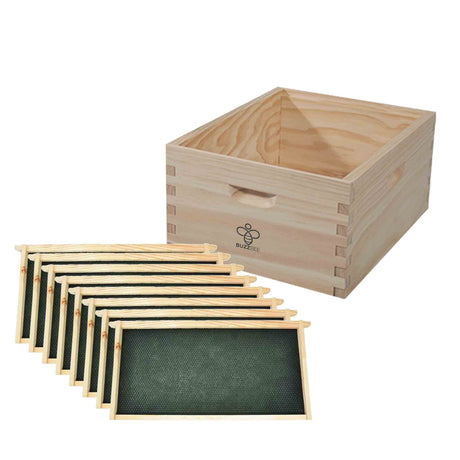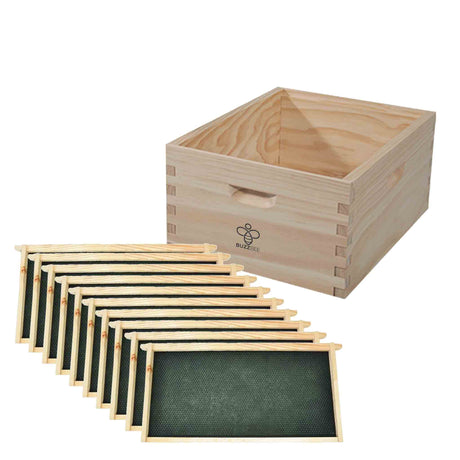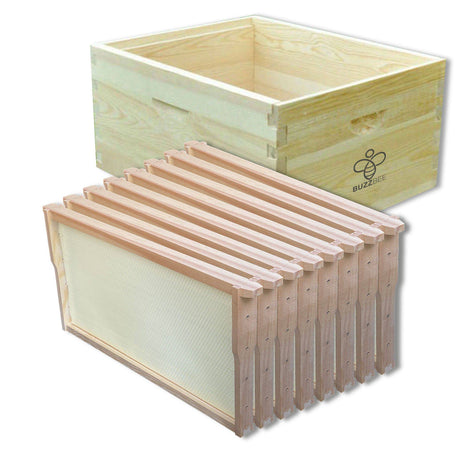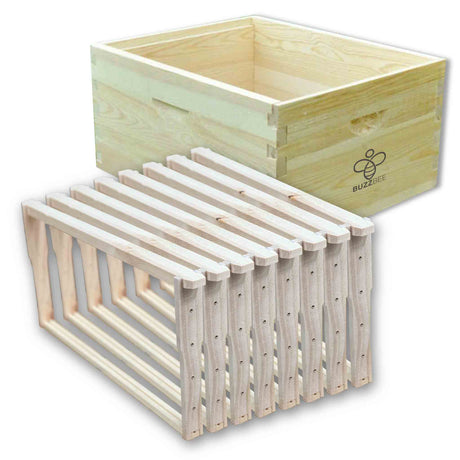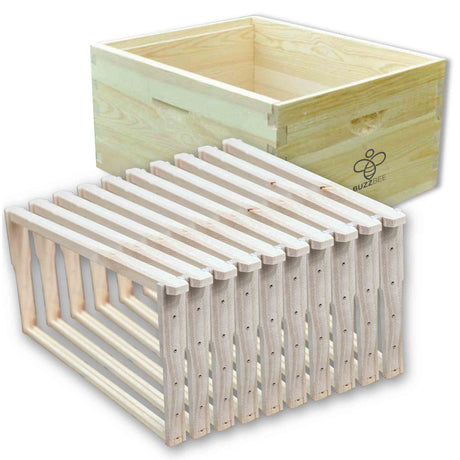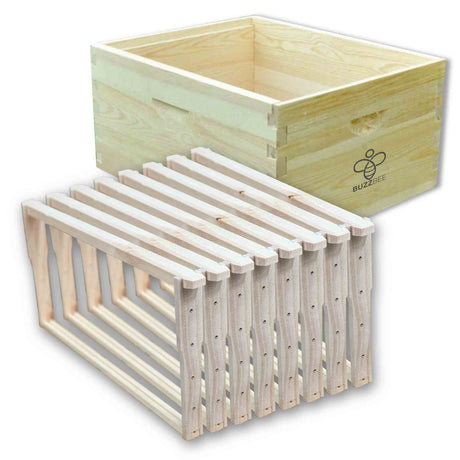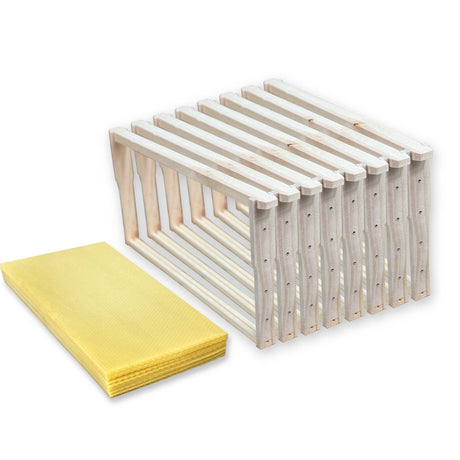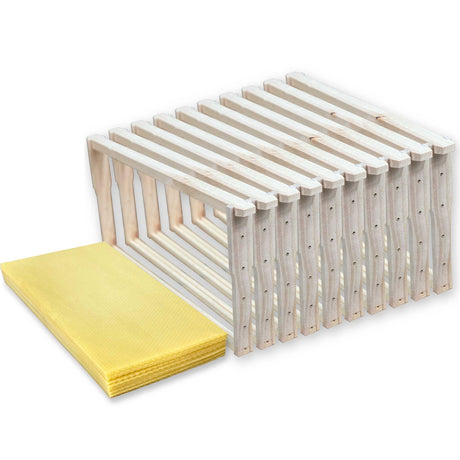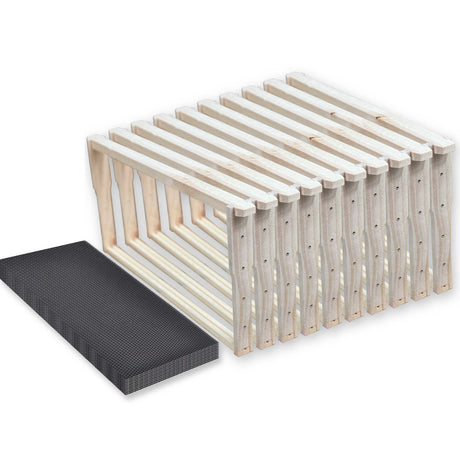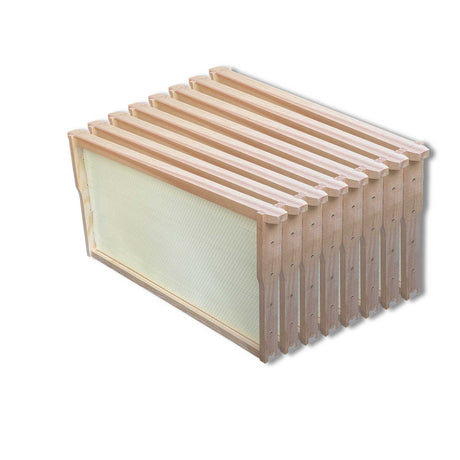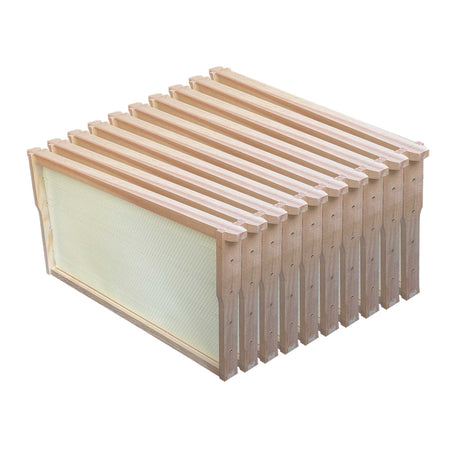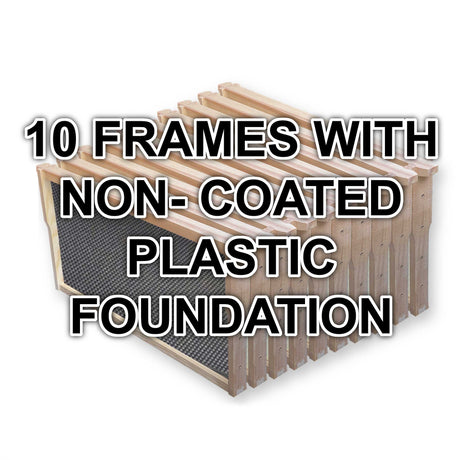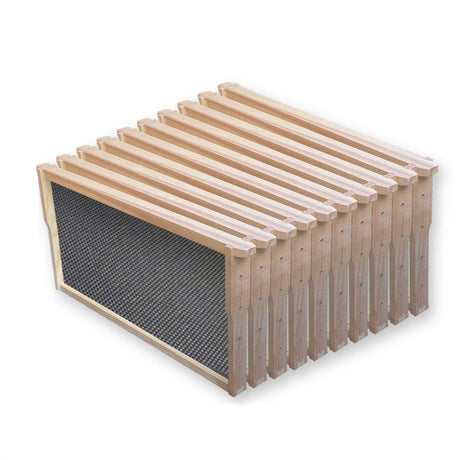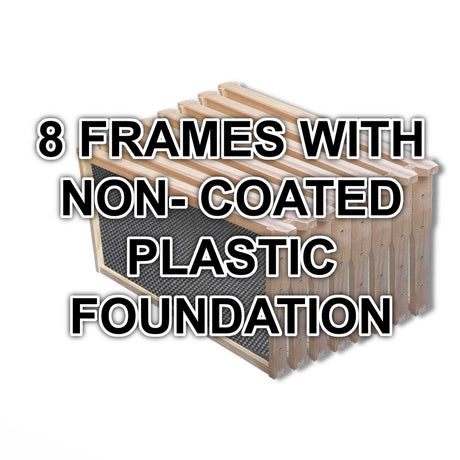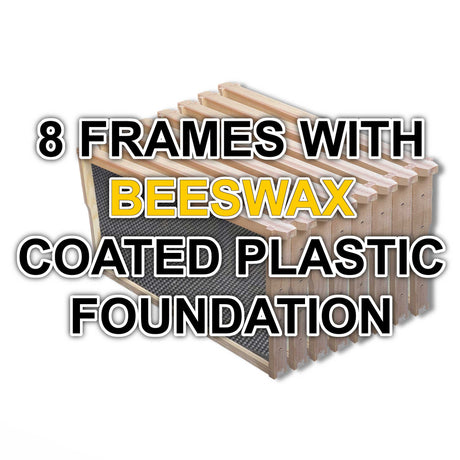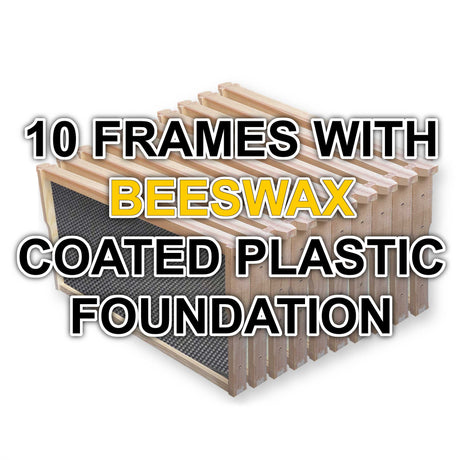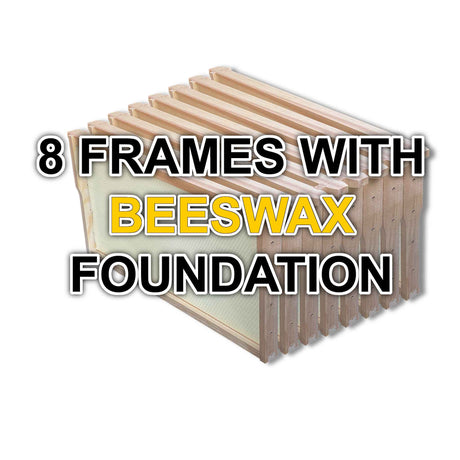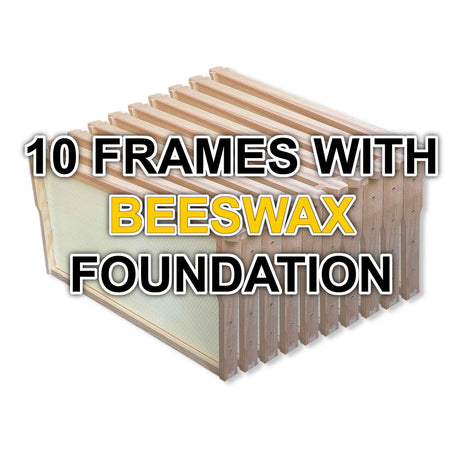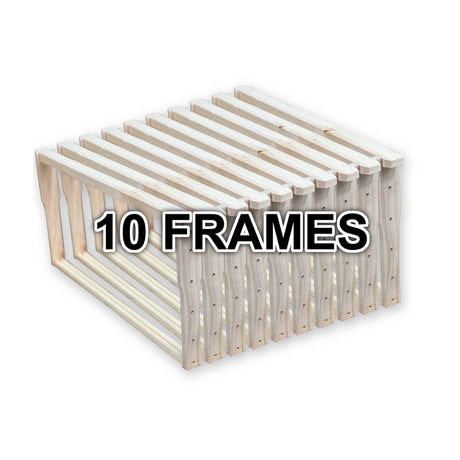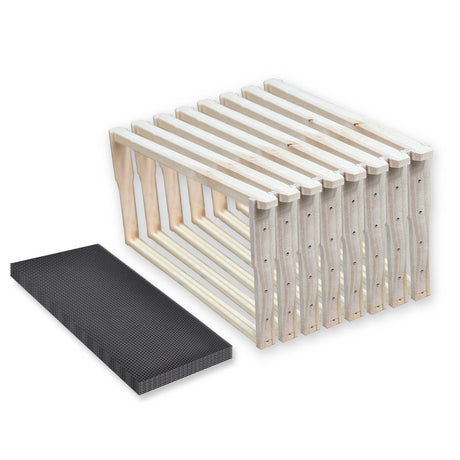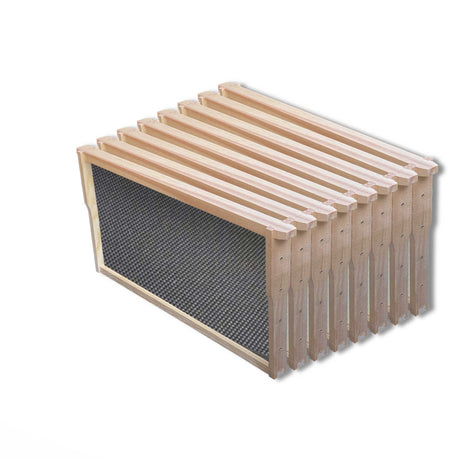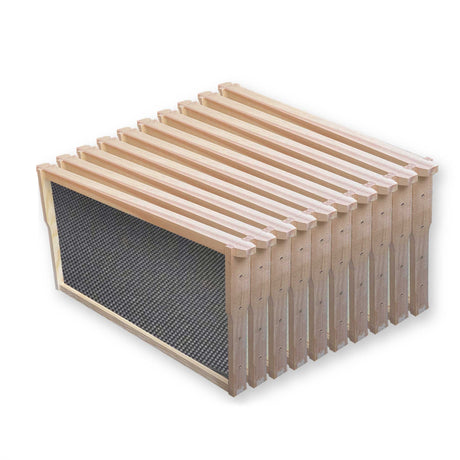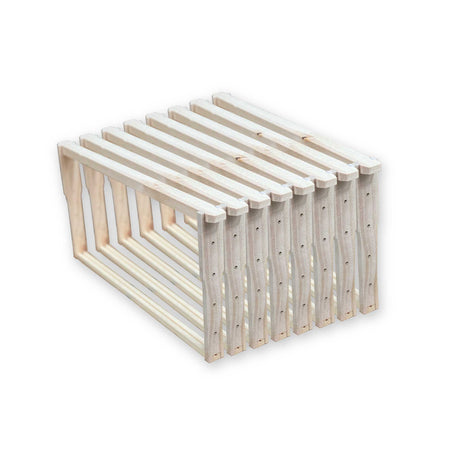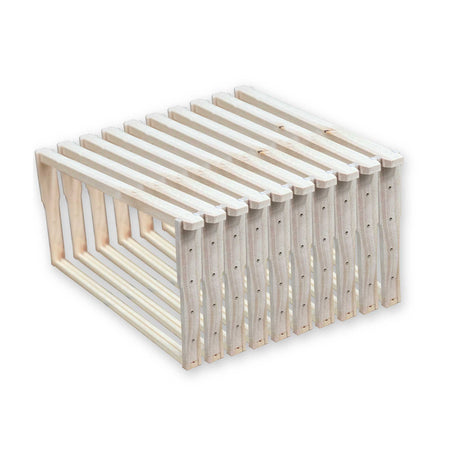Varroa Mite Testing Kit including Sugar Shaker and Uncapping Fork
Or with interest-free payment options from only $10 with
 and
and

Varroa Mite Testing Kit including Sugar Shaker and Uncapping Fork is backordered and will ship as soon as it is back in stock.
Back in stock notification
Add your email and be notified when this item is back in stock.
Couldn't load pickup availability
Helpful Video
Products in video
Products in video
Products in video
Products in video
Description
Description
VARROA MITE DETECTION TESTING KITS
With the recent detection of the Varroa Mite in NSW, we are sending our kits out as quickly as possible to all States including NSW.
ALL VARROA DETECTION TESTING KITS ARE IN STOCK.
With the recent cases of the Varroa mites (Varroa jacobsoni and V. destructor) are the most serious pest of honey bees worldwide. The mites are tiny reddish brown external parasites of honey bees.
HEIGHTENED ALERT
NSW DPI detecting the varroa mite 22 June 2022 , which was confirmed as Varroa destructor, in biosecurity surveillance hives at the Port of Newcastle, New South Wales. There is heightened surveillance of all mites nationwide including the Varroa mites (Varroa jacobsoni and V. destructor). These mites are tiny reddish brown in colour and attached on to honey bee, their unborn larvae and effectively suck the nutrients from our bees.
HOW IS IT CHARACTERISED?
On their own, individual mites are easily identifiable to the naked eye. Left untreated varroa mite will kill any bee hive it infects. All feral and untreated bee colonies will eventually die.
HOW IS ITS SPREAD?
Drone bees are able to move varroa mites from hive to hive and even between apiaries. Mites are agile, move into hives quickly and transfer through contact between bees. There are strict quarantine requirements in place to protect the Australian honey bee industry.
WHAT TO DO?
Beekeepers are encouraged to test their own hives regularly for varroa however its regulation in many Australian states, that this inspection is undertaken at least twice per year. This is best taken in the mid-spring and again mid-autumn before the winter preparation. Using the simple sugar shake test which is a non-destructive test and targets to not kill the bees and the drone larvae varroa test which unfortunately will destroy some grubs however this process is undertaken for the long term good of the colony.
Sugar Shake Test
When varroa mites are dusted with pure icing sugar, the fine granules stick to their feet which then makes it difficult to grip onto surfaces. The dusting coating of icing sugar on adult bees causes mites to fall off the bee into the white sugar where they are more easily seen. This separation is essential because when shaken the mites now separated from the bees, can now fall though the metal mesh into a surface of water.
This simple sugar shake detection method is now used by many beekeepers throughout Australia and New Zealand.
Contents of product:
- Sugar Shaker with special stainless-steel mesh x 1
- Icing Sugar Sachet x 1
- Instructions of the Sugar Shaker Bee Test
- Uncapping Fork for Drone Uncapping
- Oversized Bee Drop Sheet
- Sample Vial for collecting Mites
- Bucket for holding water for the test and storing the kit together
Oversized Bee Drop Sheet and funnel for collecting Sample of Bees.
The sheet is placed underneath a brood frame containing bees, the bees are then shaken off the frame and fall upon this drop sheet. Its specially designed to be oversized to capture all falling bees, waterproof for use in the field on wet areas whilst flexible to aid the funnelling of the bees into either a sugar shaker or alcohol wash container.

The process in using the Sugar Shake Test for Bees are as follows:
- Remove the lid and all contents inside.
- Select a frame/s of bees that does not hold the queen bee but is also a central frame to the brood. The Queen Bee must not be used in this test.
- Put approximately 200 - 250 worker and drone bees (1/2 cup) in the sugar shaker container and then securely replace the lid, carefully add 1 tablespoon (tbsp) of icing sugar through the grill mesh.
- Slowly, without shaking the bees, roll the sugar shaker minimising the loss of icing sugar for about 2 minutes. Ensure that the bees are fully coated.
- Pause for 2 minutes and do not move the bees.
- Repeat step 4 with another 2 minutes of rolling the sugar shaker.
- With a bucket of clean water ready, turn the sugar shaker upside down and shake the container over the water. The icing sugar will fall into the water and dissolve while if there are any mites present, they float on the water surface.
- After all sugar is shaken out, open the lid and return the bees back to their hive.
- Carefully examine the water for potential mites or pests.
For a detailed video of the sugar shake process, view the below video from the New South Wales Department of Primary Industries (DPI’s) Tocal College showing the whole process.
Drone Larvae Varroa Test
The uncapping fork test is not a replacement for the mite drop test, but is a useful additional tool.
Do not just uncap the first few drone brood you meet in a hive, it is necessary to uncap 100 cells or more, and see no mites, to be reasonably sure that the hive is not infested.
The best tool for this test is an uncapping fork with stainless steel prongs. Use one prong to uncap odd cells to establish the age of the larvae. When you find a group of drone cells that are at the pink eye stage. Insert the whole fork from the side so that the prongs will go through the thorax of the grubs. Pull out an area roughly 70 mm square.

You need to use grubs of the right age otherwise they are too mushy and your actions will result in much mess and be a waisted exercise.

You also need an adequate supply of drones (most beekeepers seem to avoid producing them in the mistaken belief that they will get a lower honey crop if drones are produced). Drones are a critical part of the colony function to ensure you have sufficient quantities before starting the test.

Drone uncapping for Varroa mites. Notice the dark brown spots on the larvae.
Image courtesy Kiwimana.co.nz 2011
For a detailed video of the drone uncapping, testing for the varroa mite, view the below video from the New South Wales Department of Primary Industries (DPI’s) showing the drone uncapping process.
HOW DO I REPORT IT?
Nationwide (Australia)
If you suspect there are any exotic mites such as “Varroa Mite” (small tick shape, red/brown in colour) present, please contact the National Exotic Plant Pest Hotline on 1800 084 881 (24 hours a day, every day of the year). Alternatively your state details are below:
ACT (Biosecurity Australia Capital Territory)
Register your hives: https://www.cityservices.act.gov.au/pets-and-wildlife/wildlife/pest-insects/bees
tel: 1800 084 881 (Exotic Plant Pest Hotline)
NSW (Biosecurity New South Wales)
Register your hives: https://www.service.nsw.gov.au/transaction/apply-beekeeper-registration
www: www.dpi.nsw.gov.au/hives
email: hive.location@emergency.dpi.nsw.gov.au
tel: 1800 084 881
Hive location reporting: https://forms.bfs.dpi.nsw.gov.au/forms/9247
NT (Biosecurity Northern Territory)
Register your hives: https://nt.gov.au/industry/agriculture/livestock/honey-bees-and-beekeeping/register-your-bee-hives
email: plantbiosecurity@nt.gov.au
tel: 1800 084 881
QLD (Biosecurity Queensland)
Register your hives: https://www.business.qld.gov.au/industries/farms-fishing-forestry/agriculture/niche-industries/bees-beekeeping/beekeeping/hive-registration
email: info@daf.qld.gov.au
tel: 13 25 23
Auslan Connections (Deaf Services) 07 3892 8554 or 07 3892 8512
SA (Biosecurity South Australia)
Register your hives: https://pir.sa.gov.au/biosecurity/animal_health/bees/beekeeper_registration
email: PIRSA.beebiosecurity@sa.gov.au
tel: 1800 084 881 (Exotic Plant Pest Hotline)
TAS (Biosecurity Tasmania)
Register your hives: https://nre.tas.gov.au/biosecurity-tasmania/animal-biosecurity/animal-health/bees/beekeeper-registration-form
email: biosecurity.tasmania@nre.tas.gov.au
tel: 1800 084 881 (Exotic Plant Pest Hotline)
tel: 03 6165 3777
VIC (Biosecurity Victoria)
Register your hives: https://bees.agriculture.vic.gov.au
email: honeybee.biosecurity@agriculture.vic.gov.au
tel: 1800 084 881 (Exotic Plant Pest Hotline)
WA (Biosecurity Western Australia)
Register your hives: https://www.agric.wa.gov.au/livestock-biosecurity/registering-owner-stock-or-beekeeper
email: padis@dpird.wa.gov.au
tel: 1800 084 881 (Exotic Plant Pest Hotline)
Specifications
Specifications
-
Kit or bundleYes
Reviews (1)
Reviews (1)
Delivery Information
Delivery Information
Next Day Dispatch
Your order is dispatched within 1-2 working days if your product is in stock.
Payment & Security
Payment methods
Your payment information is processed securely. We do not store credit card details nor have access to your credit card information.
Frequently Asked Questions
Product
How do I know if I'm using the right products for my beehive?
How do I know if I'm using the right products for my beehive?
Different climates and bee breeds may have specific product requirements.
Our team at Buzzbee is dedicated to providing you with the best products and advice. Feel free to contact us so we can help you select products that are suitable for your local conditions.
What is the difference between beginner, intermediate, and advanced beekeeping products?
What is the difference between beginner, intermediate, and advanced beekeeping products?
Beekeeping is a journey, and your product needs will evolve as you gain experience.
Our products are carefully curated to cater to beekeepers at all stages of their journey.
Beginner Beekeepers: If you're just starting out, our beginner products are designed to provide you with the essentials for a successful start. These products are user-friendly and offer clear instructions.
Shop Getting Started Collection
Intermediate Beekeepers: As you gain experience, you may require more advanced products to meet your growing needs.
Advanced Beekeepers: For experienced beekeepers with specific requirements, our advanced products provide high-quality materials and specialised tools.
Are there any essential products that every beekeeper should have?
Are there any essential products that every beekeeper should have?
Yes, there are a few essential products that every beekeeper needs to start their journey. We recommend our Get Started Kits as a great starting point. This kit includes everything you need to get your hive up and running, including:
- Beehive: A Langstroth hive with the necessary components.
- Frames: Frames and foundation.
- Beekeeping tools: A hive tool, smoker, queen catcher and brush.
- Protective gear: A bee veil and gloves.
- Bee feed: A supply of sugar syrup to feed your bees.
our Get Started Kits have everything you need to begin your beekeeping adventure.
Shipping
What countries do you ship to?
What countries do you ship to?
We ship all over the world. Shipping costs will apply, and will be added at checkout. We run discounts and promotions all year, so stay tuned for exclusive deals.
How long will it take to receive my order?
How long will it take to receive my order?
Domestic Orders: Orders processed within Australia typically arrive within 5-7 business days.
International Orders: Delivery times for overseas shipments can vary from 7-16 days, depending on the destination.
Please note: Exact delivery times may fluctuate due to factors like customs clearance and carrier delays. You'll find specific shipping details in your order confirmation email.
What shipping carriers do you use?
What shipping carriers do you use?
We use all major carriers, and local courier partners. You’ll be asked to select a delivery method during checkout.
Returns and Refunds
Can I return my product?
Can I return my product?
We always aim for make sure our customers love our products, but if you do need to return an order, we’re happy to help. Just email us directly and we’ll take you through the process.
Please note: due to the nature of bees, live bees cannot be returned.
